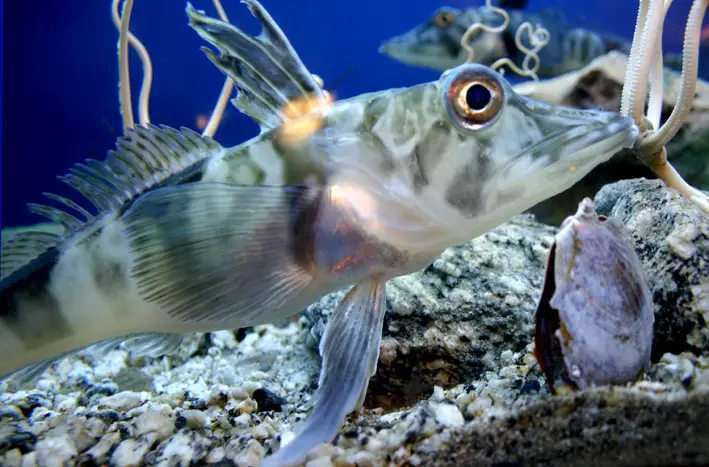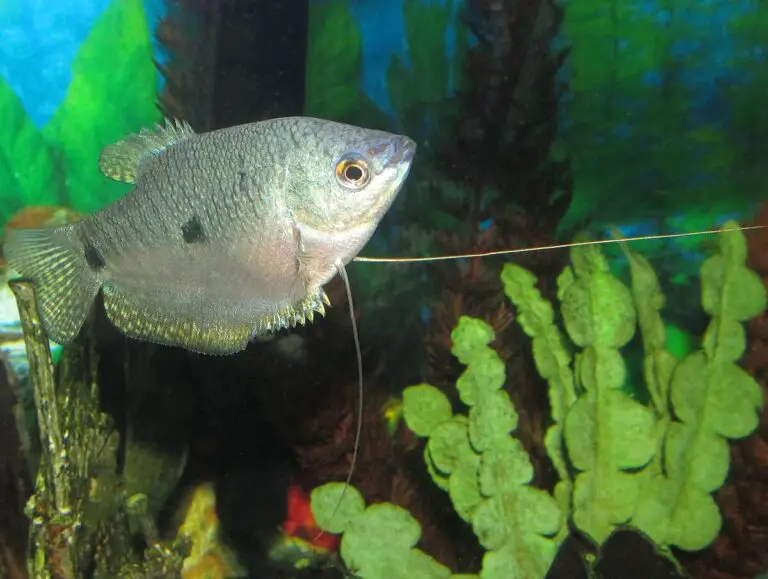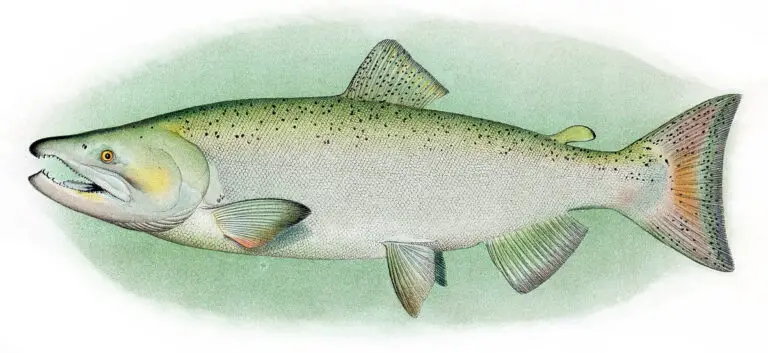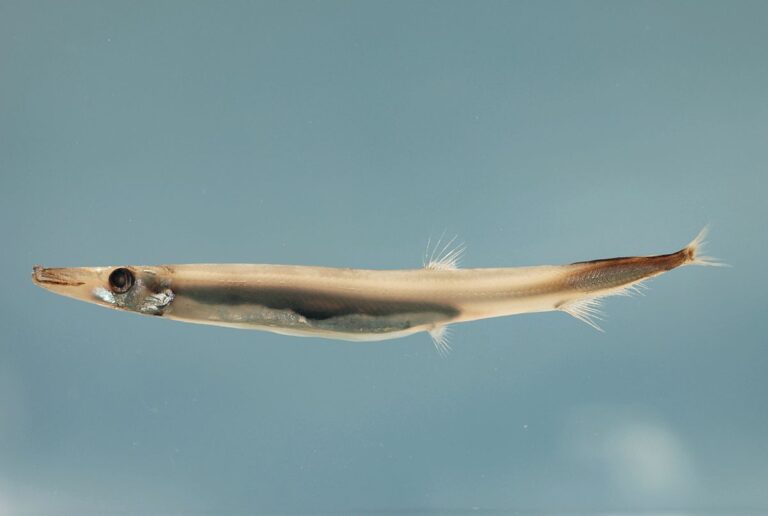Catfish (Siluriformes)
“There are nearly 3,000 different species!”
Catfish Scientific Classification
Kingdom: Animalia
-Phylum: Chordata
Order: Siluriformes
Scientific Name: Siluriformes
Catfish Conservation Status
Conservation Status: Near Threatened
Catfish Locations
Catfish are found in various regions around the world, including:
– Africa
– Asia
– Central America
– Eurasia
– Europe
– North America
– Oceania
– South America
Catfish inhabit a wide range of aquatic habitats across continents, contributing to their diverse distribution. However, their conservation status as near threatened highlights the need for conservation efforts to ensure their continued survival in their natural habitats.
Catfish Facts
Main Prey
- Catfish primarily feed on fish, frogs, and worms.
Distinctive Feature
- They are characterized by their flat, broad heads and whiskers, known as barbels.
Optimum pH Level
- Catfish thrive in water with a pH level between 6.5 and 8.0.
Habitat
- They inhabit fast-flowing rivers and lakes, preferring areas with ample food sources and suitable water conditions.
Predators
- Catfish face predation from larger fish, birds, mammals, and reptiles.
Diet
- They are carnivorous, with fish being their favorite food.
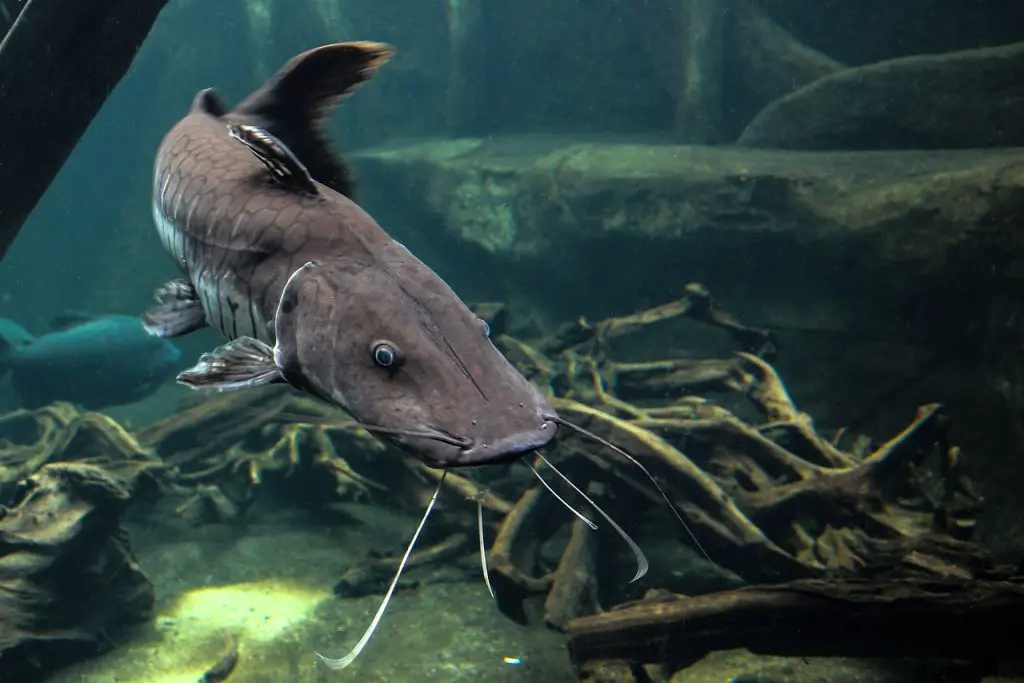
Average Clutch Size
- Catfish typically lay clutches of around 40 eggs.
Slogan
- “There are nearly 3,000 different species!”
Catfish Physical Characteristics
Color
- Catfish exhibit a range of colors including brown, grey, yellow, black, white, and tan.
Skin Type
- They have scales covering their bodies.
Lifespan
- Catfish have an average lifespan of 8 to 20 years.
Length
- They vary widely in size, ranging from 1 cm (0.4 in) to 270 cm (106 in), depending on the species.
Catfish are fascinating aquatic creatures with diverse physical characteristics and behaviors, contributing to their importance in aquatic ecosystems worldwide.
Catfish Sensory Abilities and Cultural Significance
Sensory Adaptations
- Whiskers and Chemical Receptors: Catfish possess prominent whiskers on their faces and an elaborate network of chemical receptors all over their bodies, enabling them to be highly aware of their surroundings, even when feeding at the depths of lakes or rivers.
Cultural Importance
- Culinary Delicacy: Catfish have been a common delicacy in many human cultures worldwide, enjoyed for their taste and versatility in cooking.
Conservation Concerns and Benefits
- Threats from Overfishing: Unregulated fishing can drive catfish populations to the brink of extinction.
- Benefits of Conservation Efforts: When humans prioritize the survival of catfish populations, they can thrive and contribute positively to aquatic ecosystems.
Three Fascinating Catfish Facts
- Varied Local Names: Catfish are known by numerous local names worldwide. In the American South, they may be referred to as mud cats or chuckleheads.
- Invasive Species: Catfish are often introduced into non-native environments for farming purposes, making them one of the top invasive species globally. Their unchecked presence can lead to serious damage to local ecosystems by consuming native plants and animals.
- Venomous Species: Some catfish species produce venomous compounds for defense. While incidents of harm to humans are rare, the venom of certain species, like the striped eel catfish, has resulted in fatalities.
Catfish are not only remarkable for their sensory abilities and cultural significance but also for their complex ecological roles and conservation challenges. Understanding and addressing these factors are crucial for ensuring the sustainability of catfish populations and the health of aquatic ecosystems they inhabit.
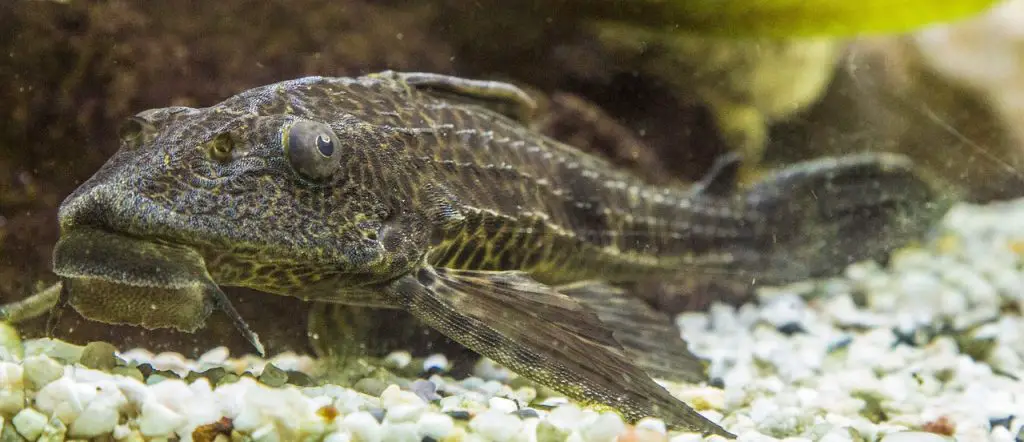
Different Types
The order Siluriformes boasts an astounding diversity, comprising approximately 3,000 species spread across 35 different families. To put this into perspective, the primate order, which includes humans, apes, and monkeys, consists of only a few hundred species. Here are some notable examples of catfish species:
Blue Catfish
- Distribution: Endemic to Mexico and the Southeastern United States.
- Characteristics: Largest species of catfish on the North American continent, with blue-gray coloration and high tolerance to brackish waters.
Channel Catfish
- Distribution: Inhabits much of the United States and Mexico east of the Rocky Mountains.
- Significance: Among the most fished catfish species globally, commonly consumed and introduced to Europe, Asia, and South America.
Cory Catfish
- Characteristics: Popular in the aquarium trade, known for burrowing into river bottoms to feed on an omnivorous diet, including fish pellets and worms in captivity.
Micro Catfish
- Distribution: Found in South America.
- Size: One of the smallest catfish species globally, reaching a maximum length of one to two inches.
Mekong Giant Catfish
- Distribution: Inhabits the Mekong basin of Southeast Asia and China.
- Size: One of the largest catfish species globally, belonging to the shark catfish family.
Goonch
- Distribution: Primarily found in India.
- Characteristics: Also known as the giant devil catfish, it is a large species weighing over 200 pounds, evoking both fascination and terror.
Additional Catfish Species
- Banjo Catfish
- Ghost Catfish
- Pictus Catfish
- Redtail Catfish
- Hardhead Catfish
- Armored Catfish
- Gulper Catfish
- White Catfish
- Flathead Catfish
- Yellow Bullhead Catfish
The vast array of catfish species showcases the remarkable diversity within the Siluriformes order, ranging from the smallest to the largest, and spanning various habitats across the globe. Each species contributes to the intricate tapestry of aquatic life and ecosystems worldwide.
Classification and Scientific Name
Order: Siluriformes
- Definition: Siluriformes is the order to which all catfish belong.
- Relationship: An order is a major level of taxonomy below a class.
Class: Actinopterygii
- Definition: Actinopterygii is the class to which catfish belong, along with other ray-finned fishes.
- Examples: Includes various fish species such as tuna, swordfish, salmon, cod, and many others.
Evolutionary Origins
- Common Ancestor: All catfish species share a common ancestor from which they evolved.
- Diversification: Modern catfish species have diversified from this single ancestral group, leading to the wide variety of species seen today.
Understanding the taxonomic classification of catfish provides insights into their evolutionary history and relationships with other organisms within the broader context of the animal kingdom.
Appearance
Distinctive Traits of Catfish
Barbels (Whiskers)
- Function: Act as sensory organs, allowing the fish to taste or smell various chemicals in the water.
- Variation: While a single pair is standard, some species may have up to four pairs of whiskers arranged along the mouth, snout, and chin.
Weberian Apparatus
- Function: A bony structure connecting the swim bladder to the fish’s auditory system, enabling it to produce and detect sounds in the water.
Body and Head Structure
- Body Shape: Typically long and flattened to facilitate bottom feeding.
- Feeding Behavior: Spend most of their time sifting the floor for food, with widely spaced mouths to take in large quantities of food at once.
- Coloration: Gray, white, yellow, brown, or green in color, with some species featuring bony plates or a lining of mucus instead of scales.
Defensive Adaptations
- Spine Near Fins: Present in some species to ward off predators, delivering either a sharp sting or a painful venom.
Diversity in Size and Adaptations
- Size Range: Catfish exhibit immense diversity in size, ranging from less than an inch long in species like the banjo catfish to up to 15 feet in length and 660 pounds in weight in species like the wels catfish.
- Sexual Differences: Sexual dimorphism occurs in about half of all documented catfish families.
- Unusual Adaptations: Some species display unique adaptations, such as swimming upside down (e.g., upside-down catfish), generating electricity (e.g., electric catfish), or traversing land (e.g., walking catfish).
Each of these traits and adaptations contributes to the remarkable diversity and ecological success of catfish species worldwide, showcasing their ability to thrive in various environments and niches.
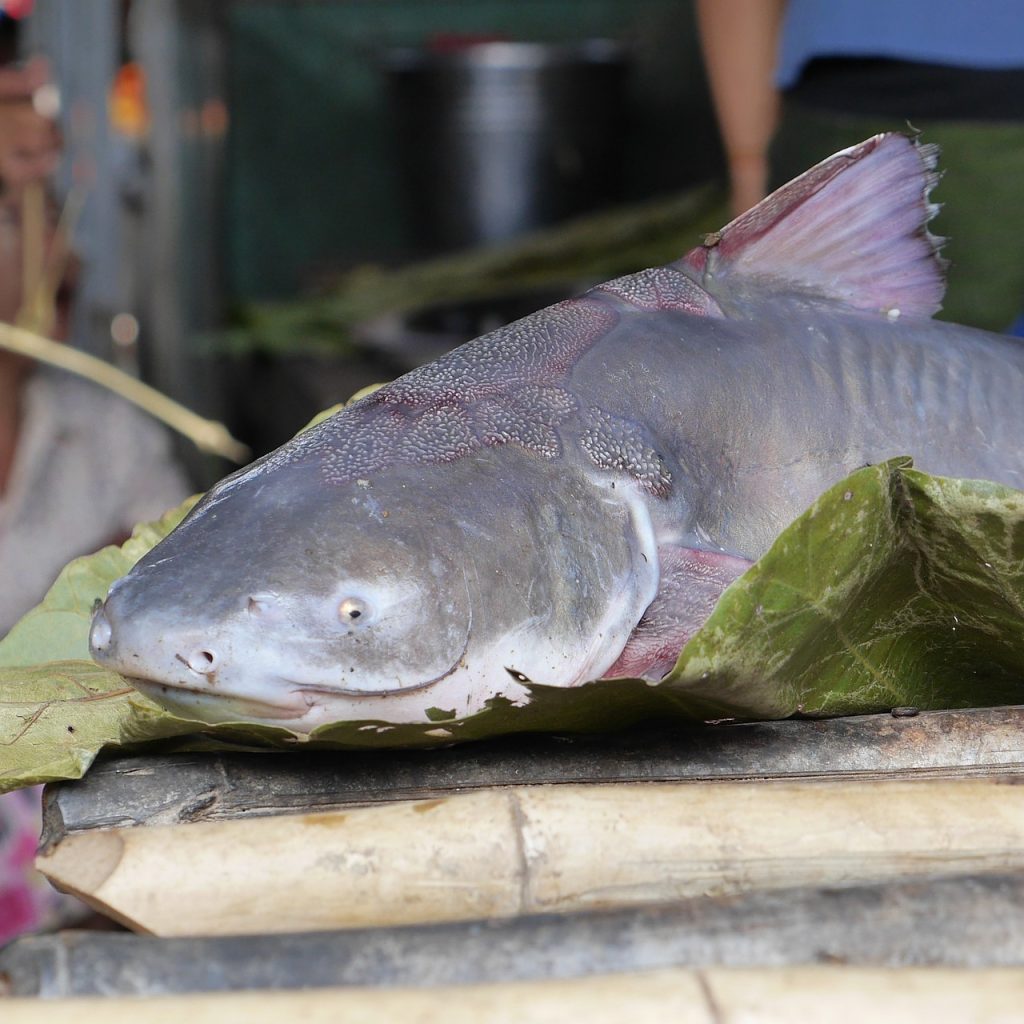
Distribution, Population, and Habitat
Habitat and Conservation Status of Catfish
Habitat Distribution
- Global Presence: Catfish inhabit shallow freshwater regions on every continent except Antarctica.
- Exceptions: Some species are adapted for saltwater environments or cave habitats.
Conservation Status
- Population Strength: Overall, population numbers of catfish species are generally robust worldwide.
- Threats: However, some species are increasingly at risk due to overfishing and marine pollution.
- Endangered Species:
- Mekong Giant Catfish: Found in Southeast Asia and China, critically endangered due to habitat degradation and overfishing.
- Andean Catfish: Native to Ecuador, facing threats from habitat destruction and pollution.
- Blind-Whiskered Catfish: Endemic to Mexico, critically endangered due to habitat loss and pollution.
- Trending Threats: Several other species are also trending towards critical endangerment due to similar factors.
While the majority of catfish species maintain healthy population numbers and a wide distribution across freshwater habitats globally, some are increasingly threatened by human activities such as overfishing and pollution. Conservation efforts are crucial to protecting vulnerable catfish species and ensuring the long-term health of freshwater ecosystems worldwide.
Predators and Prey
Predators of Catfish
Common Predators
- Birds of Prey: Includes eagles, herons, and ospreys.
- Snakes: Often target smaller catfish species.
- Alligators: Prey on catfish in aquatic environments.
- Otters: Hunt catfish in freshwater habitats.
- Fish: Some catfish species are cannibalistic, while others are preyed upon by larger fish, including other catfish.
- Humans: Commercial and recreational fishing pose significant threats to catfish populations.
Diet Variation
Natural Diet
- Algae: Many catfish species feed on algae, especially in freshwater habitats.
- Snails and Worms: Common prey items for catfish, often consumed by sucking or gulping.
- Insects: Form a significant part of the diet for many catfish species.
- Small Marine Creatures: Including crustaceans and small fish.
Larger Prey
- Frogs and Newts: Consumed by larger catfish species.
- Birds and Rodents: Some larger catfish species feed on birds and small mammals.
The catfish faces a wide range of predators across its diverse range of habitats, including birds, reptiles, mammals, and even other fish. While larger catfish may have defensive spines to deter predators, smaller species are more vulnerable to predation. Additionally, the diet of catfish varies greatly depending on their location, with some species primarily feeding on algae and small invertebrates, while others consume larger prey such as frogs and rodents. Understanding the predators and dietary habits of catfish is essential for their conservation and management in natural ecosystems.
Reproduction and Lifespan
Reproduction Habits of Catfish
Breeding Season
- Timing: Typically occurs during late spring and early summer.
- Frequency: Breeding seasons may vary among species, but most catfish breed during this period.
Egg Laying
- Female Behavior: Females lay thousands of eggs at a time.
- Preferred Locations: Eggs are deposited within small hiding places such as rock crevices or dense vegetation.
Egg Hatching
- Incubation Period: Eggs hatch relatively quickly, typically within 5 to 10 days.
- Hatchling Care: The male catfish is often responsible for guarding and caring for the eggs and hatchlings.
Life Expectancy
- Range: The maximum life expectancy of a typical catfish species ranges from 8 to 20 years in the wild.
- Predation: Despite their potential lifespan, many catfish fall victim to predators before reaching their maximum age.
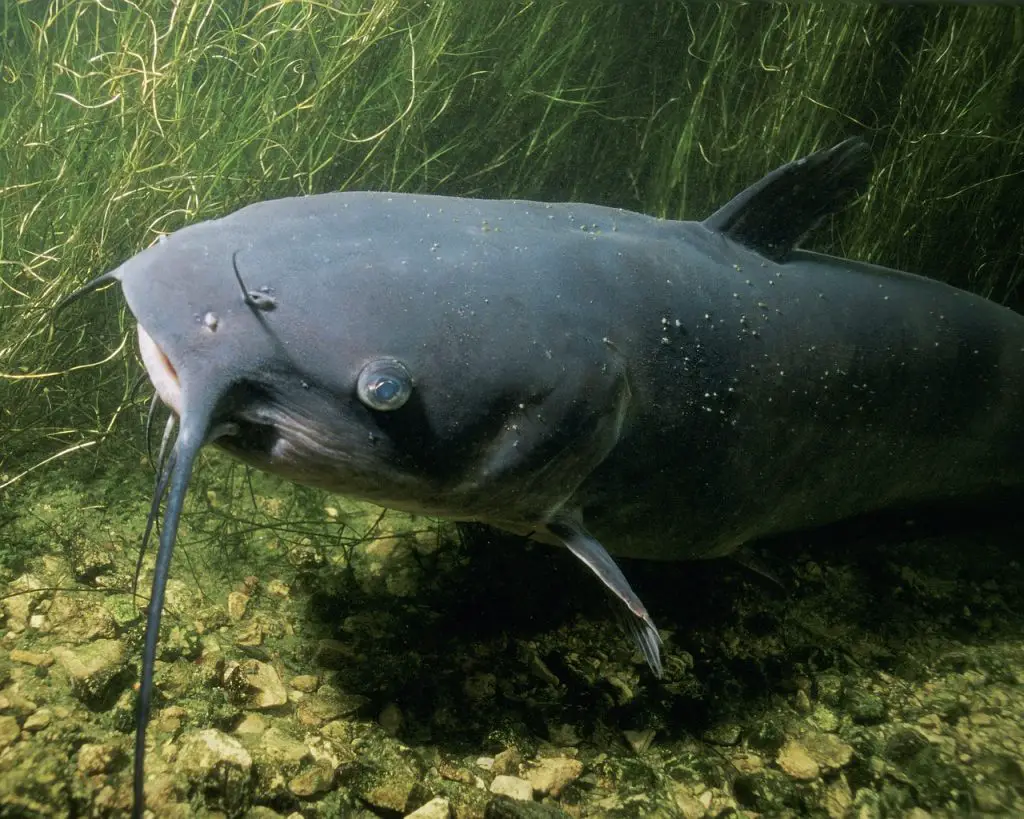
With approximately 3,000 species of catfish exhibiting varied reproductive habits, breeding season typically occurs during late spring and early summer. Females lay thousands of eggs in hiding places, and males often assume parental duties. Despite a potential life expectancy of 8 to 20 years, predation remains a significant threat to many catfish species throughout their lives. Understanding their reproductive behaviors is crucial for conservation efforts and ensuring the continued survival of catfish populations worldwide.
Fishing and Cooking
Culinary Diversity of Catfish
Farming Practices
- Deliberate Farming: Large numbers of catfish are intentionally raised in farms worldwide to meet the demand for this popular dish.
Regional Cooking Methods
Southeastern United States
- Preparation: Typically rolled in cornmeal and fried.
- Cultural Preference: Fried catfish is a staple dish in Southern cuisine, enjoyed for its crispy exterior and tender, flaky flesh.
Southeast Asia
- Preparation: Grilled or fried, then served with various vegetables and spices.
- Cultural Preference: Catfish dishes in Southeast Asia are known for their bold flavors and use of aromatic herbs and spices.
Hungary
- Preparation: Cooked with paprika sauce and noodles.
- Cultural Preference: Hungarian cuisine often incorporates paprika, giving dishes a rich, savory flavor profile.
Conclusion
The culinary versatility of catfish is reflected in the diverse cooking methods and flavor profiles found across different cultures. Whether rolled in cornmeal and fried in the Southern United States, grilled with spices in Southeast Asia, or cooked in a paprika sauce in Hungary, catfish remains a popular and beloved dish enjoyed by people worldwide.
